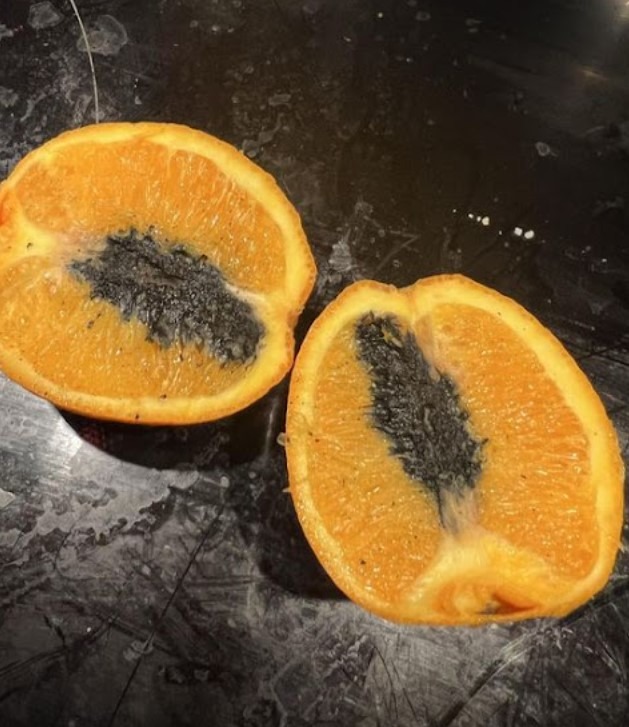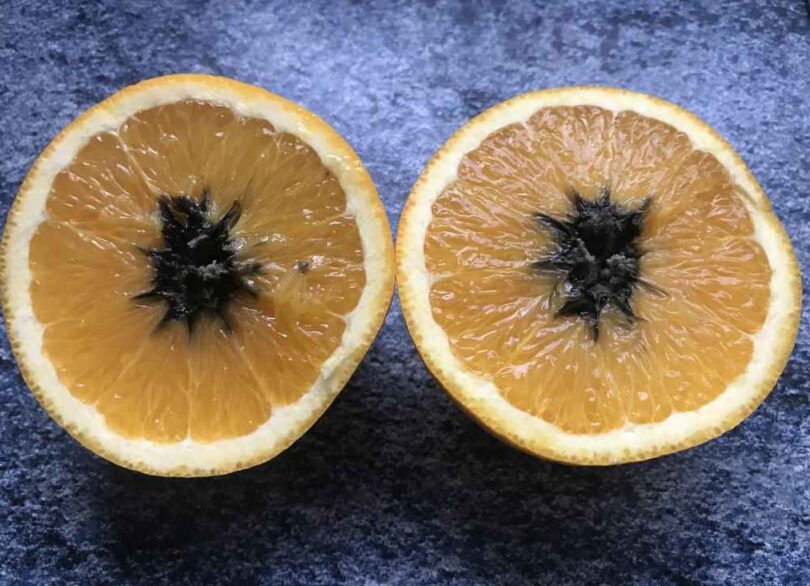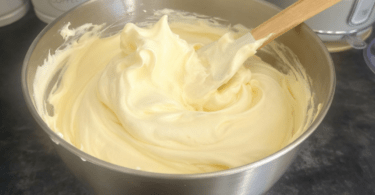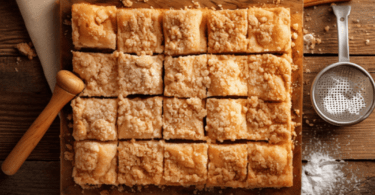Imagine this: you’re eagerly anticipating the juicy sweetness of an orange, only to find black spots or substance inside when you cut it open. This scenario recently sparked a lively discussion about food safety in a popular home tips Facebook group.
The discovery of mold or fungus inside the orange raises a critical question: Can you still eat the orange if it has black stuff inside? The simple answer is no. Even though the unaffected parts may seem edible, it’s crucial to prioritize your health and safety when dealing with mold.
Identifying mold in food can be challenging. It comes in various forms, making it difficult to determine the exact type or assess its risk level without expert knowledge. In the Facebook incident, the presence of blackened areas indicated mold growth.

Mold thrives in warm, moist environments, making fruits like oranges susceptible. It can penetrate the outer skin and spread internally, sometimes producing harmful mycotoxins that can be dangerous if ingested.
When you encounter mold on any food, it’s best to discard it. While it may seem wasteful, consuming moldy food can lead to health issues, ranging from mild to severe.
Beyond health concerns, mold affects the taste, texture, and nutritional value of the fruit. Moldy oranges lose their zest and sweetness, offering a disappointing eating experience.
To prevent mold growth, store fruits in a cool, dry place and refrigerate any cut or leftover pieces promptly. Regularly check for spoilage to avoid unpleasant surprises and ensure you enjoy your fruits at their best.
The Facebook discussion serves as a reminder to handle moldy foods with caution. While online advice can provide guidance, the consensus is clear: if there’s any doubt about a food’s safety, it’s better to throw it away. Protecting your health and ensuring a pleasant culinary experience should always be the priority.








